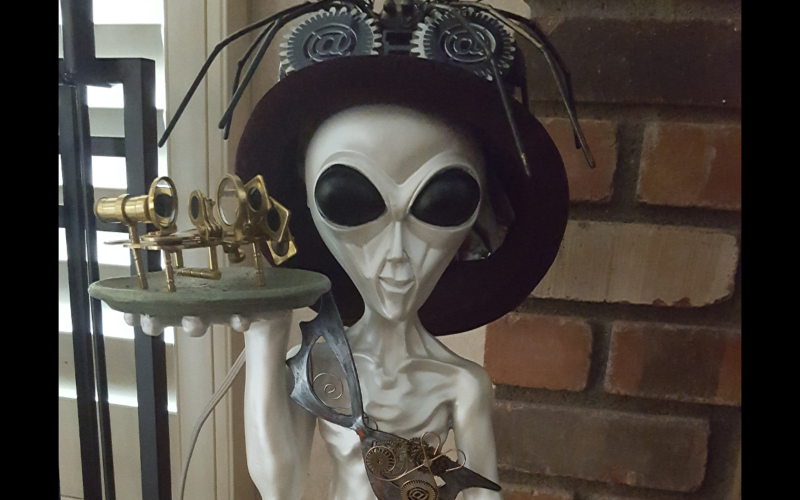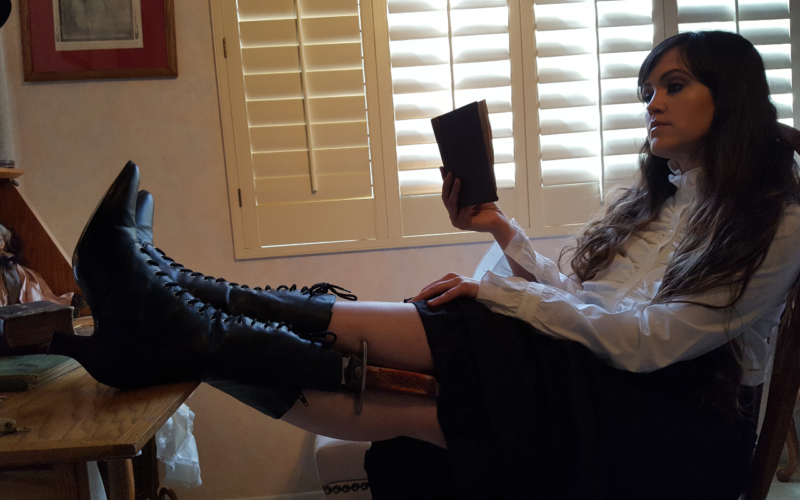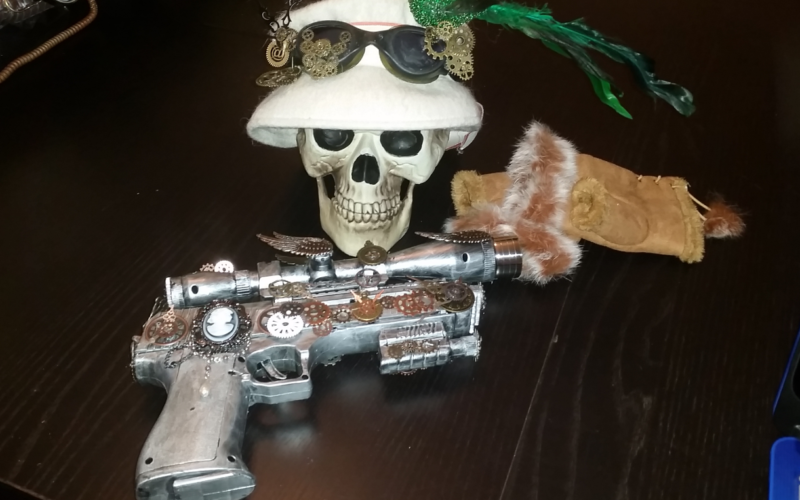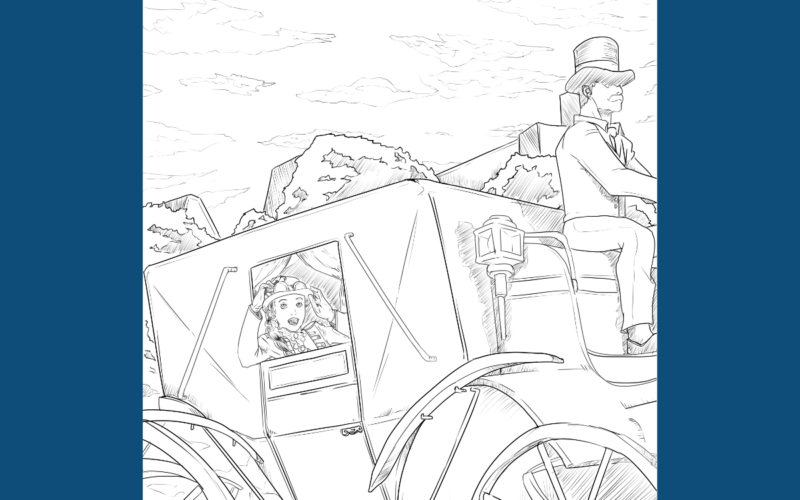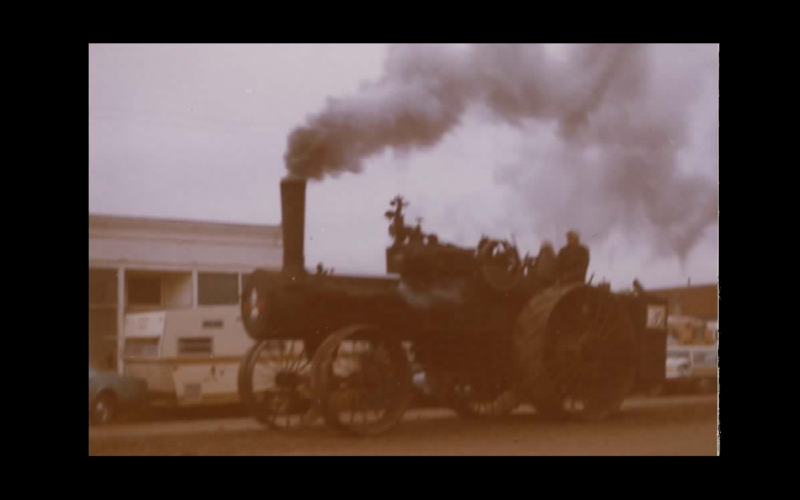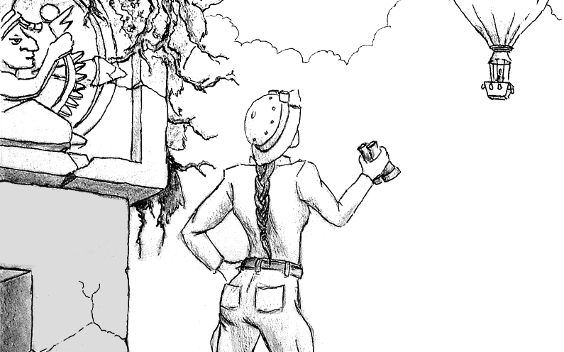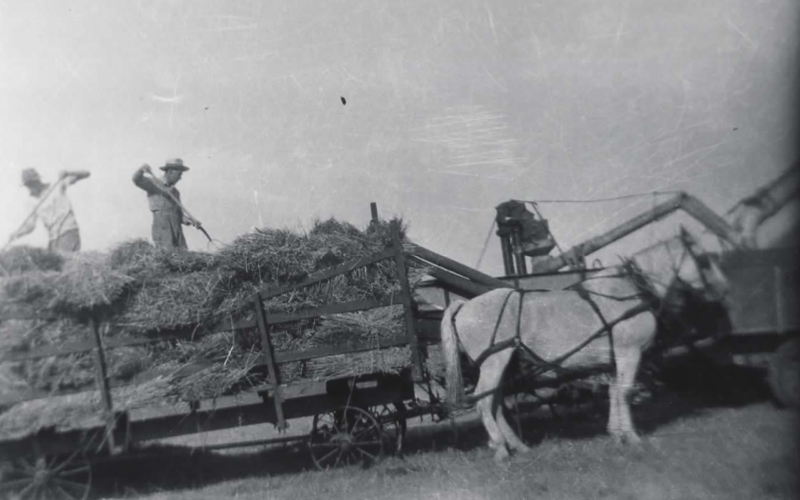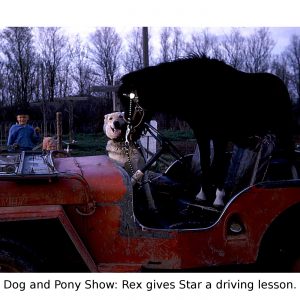
“Write what you know” is a bit of advice frequently given to beginning writers. Though sound in principle, it’s not always possible. If we took the advice too seriously, science fiction and fantasy would not exist. Yet whenever we write about human characters – and sometimes even aliens – we draw on our own lives. The joys, sorrows, and struggles of our lives all give us experiences from which we can draw. Our practical knowledge as well, in fields as diverse as mechanics, cooking, and sports, can also be helpful.
Many of the things my characters have experienced have happened to me, or friends or family, in real life. For example, in my steampunk novel Fidelio’s Automata, Fidelio’s sidekick Hank MacMillan tells how he was thrown over a horse’s head and then looked up to see the horse standing above him as if it was laughing at him. I experienced this many years ago, and thankfully, only my pride was injured. Hank’s back-story includes surviving a bout with cancer, which he contracted after being kicked in the stomach by a mule. This actually happened to my great grandfather, who unfortunately succumbed to the disease. Much of Hank’s colorful language comes from my wife Arlys, who recalled the folksy Western sayings of her parents and grandparents.
We’ve all seen the disclaimer in books and movies: “any similarity to persons living or dead is strictly coincidental.” This is rarely if ever true. All writers draw from people they know even though characters are often mashups of a number of different individuals. This makes writing them easy because we only need to think about how this person would behave in a particular situation. It’s only the ridiculous legal climate of the current day that forces writers to pretend they’ve invented the people in their stories out of nothing.
At times my family mementos, including old photographs, antiques, and such, have provided inspiration for my fiction. These are also useful for writing in historical genres because they give us important background information about what the lives of our forebears. Sometimes objects with no back-story can be the most intriguing. I once encountered a sign mounted on a light post that read “Found Pet.” It was a photocopied “form” poster from the days before cheap ink jet printers. I found the unconventional description of the animal intriguing and subsequently wrote a “Twilight Zone” type story by that name. I later published an updated version on Amazon. It remains one of my personal favorites.
Though we like to think of our writing as uniquely original, the best fiction uses our life experience to make it ring true to readers. Whether the background is “slice of life” or an amazing fantasy world, understanding the feelings and motivations of the characters is critical. The more we know and understand real people, the more interesting our characters will be. Even random objects and keepsakes (such as the photo above) can inspire a flight of fancy that leads to a great story.
This article was first published on the Phoenix Publishing and Book Promotion Blog.

